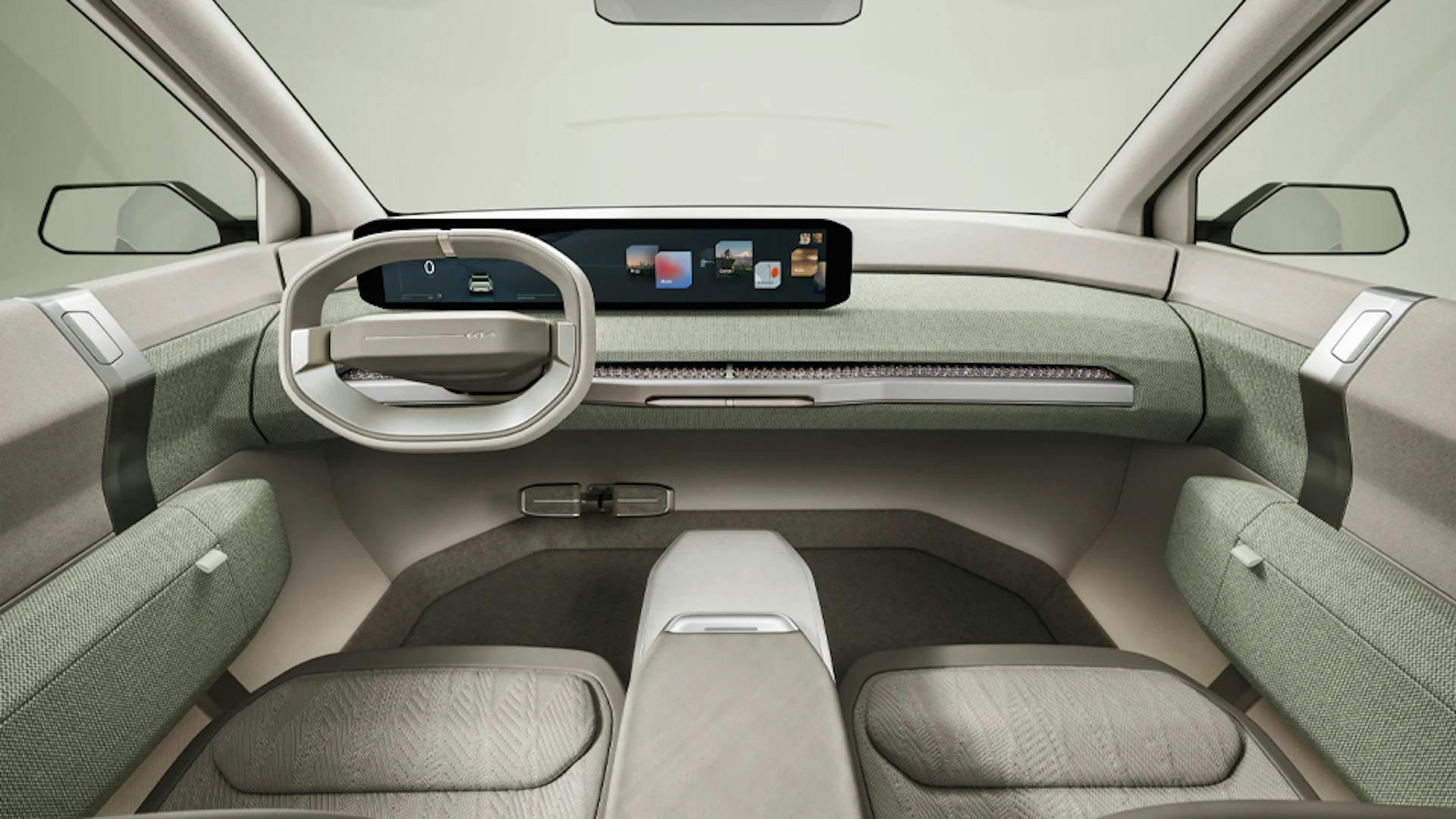
Driving Sustainability: How Kia’s EVs Utilize Fungus and Ocean Waste
In an era defined by pressing environmental concerns and a global call for sustainable practices, the automotive industry is undergoing a pivotal transformation. Among the vanguard of this green revolution stands Kia, a brand renowned for its commitment to innovative design and eco-conscious engineering. Now, Kia has taken a groundbreaking leap forward with the announcement of their new approach to interior design for electric vehicles (EVs), integrating the use of fungus and ocean trash to create eco-friendly interiors that are as aesthetically appealing as they are sustainable.
Kia's pioneering initiative to utilize organic materials such as fungus and recycled ocean plastic for car interiors has garnered significant attention in the automotive world. By leveraging nature's own resources, Kia has demonstrated a profound dedication to reducing their environmental footprint while maintaining a keen focus on delivering high-quality, stylish vehicles.
Fungus, as an unexpected yet highly practical material, has proven to be an essential component in Kia's sustainable design strategy. Mycelium, the root structure of mushrooms, is being harnessed for its remarkable adaptability and robustness. This material can be molded into various shapes, providing an eco-friendly alternative to conventional plastics and synthetic materials typically used in vehicle interiors. Kia's embrace of mycelium reflects a profound shift in the way we approach interior design, emphasizing the importance of creating products that align with nature rather than deplete it.
Moreover, Kia's commitment to repurposing ocean waste into interior components highlights their proactive stance on combating the escalating issue of marine pollution. By sourcing and transforming ocean plastic into durable, aesthetically pleasing elements for their EVs, Kia is not only mitigating the harmful impact of plastic on marine ecosystems but also promoting a circular economy that values sustainability and resource conservation.
This holistic approach to sustainability aligns seamlessly with Kia's overarching vision of contributing to a greener, more environmentally conscious future. By reimagining the possibilities of interior design, Kia is setting a precedent for other automotive companies to follow suit, showcasing the feasibility and desirability of eco-friendly practices in the industry.
As consumer awareness regarding environmental issues continues to grow, Kia's decision to incorporate organic and recycled materials into their EV interiors represents a pivotal moment in the automotive landscape. It signifies a shift toward a more symbiotic relationship between technology and nature, emphasizing the interconnectedness of our choices and their impact on the world around us.
Kia's innovative use of fungus and ocean trash for their EV interiors serves as a compelling testament to the transformative power of sustainable design. By embracing these unconventional materials, Kia is not only redefining the possibilities of interior aesthetics but also reimagining the role of automakers in nurturing a healthier planet for generations to come.
In the wake of Kia's visionary approach, the automotive industry is poised to embark on a new era, one characterized by a harmonious blend of innovation and environmental consciousness. As we eagerly anticipate the release of Kia's upcoming EV models, we can look forward to experiencing firsthand the seamless fusion of cutting-edge technology and sustainable practices, all encapsulated within the visionary design ethos of Kia.

